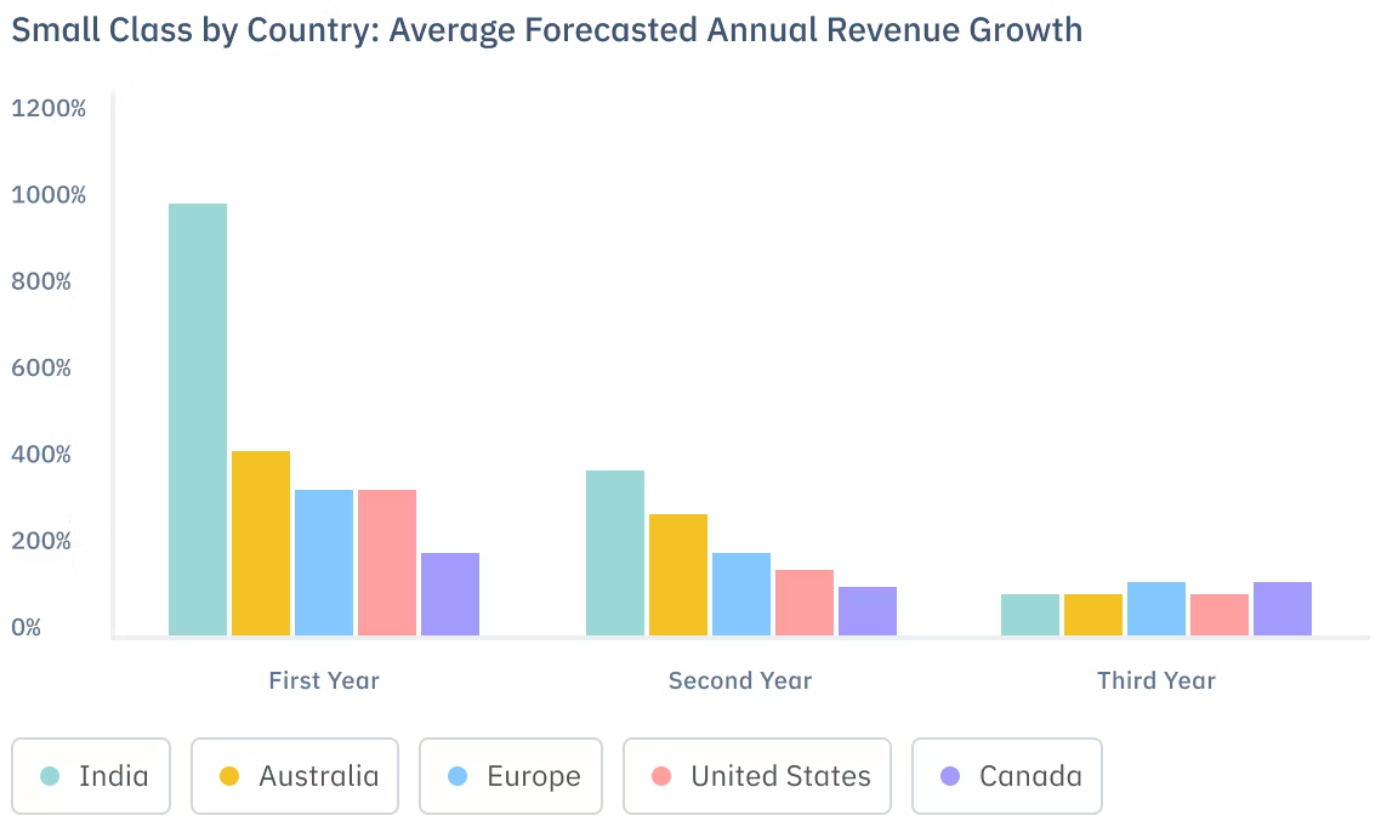Revenue Projection
Revenue Projection
What is Revenue Projection
Definition:
Revenue projection is a financial forecasting process used by businesses to estimate future income and sales based on historical data, market trends, and business assumptions. It provides insights into expected revenue streams over a specific period, enabling companies to set realistic targets, allocate resources effectively, and make informed strategic decisions to drive business growth.
Key Components of Revenue Projection:
- Historical Data Analysis: Reviewing past revenue performance and trends is the foundation of revenue projection. Analyzing historical sales data, revenue streams, seasonality, and growth patterns helps identify key factors influencing revenue generation and informs future projections.
- Market Analysis: Understanding market dynamics, industry trends, competitive landscape, and customer behavior is essential for accurate revenue projection. Market analysis provides insights into demand trends, customer preferences, pricing strategies, and market opportunities that impact revenue potential.
- Business Assumptions: Revenue projection relies on various assumptions about market conditions, economic factors, customer behavior, product adoption rates, and competitive positioning. These assumptions serve as the basis for building revenue models, forecasting sales growth, and predicting revenue outcomes.
- Sales Forecasting: Sales forecasting involves estimating future sales volumes, unit prices, customer acquisition rates, and sales conversion metrics across different product lines, customer segments, and geographic markets. Sales forecasts inform revenue projections and help businesses anticipate revenue streams from existing and new customers.
- Revenue Streams: Identifying and categorizing revenue streams such as product sales, subscription fees, licensing revenue, advertising income, and service contracts is critical for revenue projection. Each revenue stream contributes to the overall revenue mix and requires separate analysis and forecasting.
Methods of Revenue Projection:
- Top-Down Approach: The top-down approach starts with an analysis of overall market demand, industry trends, and macroeconomic factors to estimate total addressable market (TAM) size. Revenue projections are then derived by capturing a portion of the TAM based on the company’s market share and competitive positioning.
- Bottom-Up Approach: The bottom-up approach begins with detailed sales forecasts for individual products, customer segments, or sales channels. Sales projections are aggregated to calculate total revenue, taking into account factors such as pricing, distribution channels, and sales cycle dynamics.
- Time-Series Analysis: Time-series analysis involves analyzing historical revenue data using statistical techniques such as moving averages, exponential smoothing, or trend analysis to identify patterns, seasonality, and growth trends. These insights are used to project future revenue trends and forecast performance.
- Scenario Planning: Scenario planning involves developing multiple revenue projection scenarios based on different assumptions, market conditions, and business strategies. By considering various scenarios, such as best-case, worst-case, and most-likely outcomes, businesses can assess risk, evaluate strategic options, and prepare contingency plans.
Challenges and Considerations:
- Uncertainty and Volatility: Revenue projection involves inherent uncertainties, including market fluctuations, competitive pressures, regulatory changes, and economic risks. Businesses must account for these uncertainties and adopt flexible forecasting models to adapt to changing conditions.
- Data Accuracy and Quality: Accurate revenue projection relies on reliable data sources, robust analytics tools, and data-driven insights. Ensuring data accuracy, integrity, and quality is essential for making informed decisions and mitigating forecasting errors.
- Assumptions and Risks: Revenue projections are based on various assumptions about market behavior, customer preferences, and business performance. It’s important to identify key assumptions, assess associated risks, and monitor external factors that may impact revenue outcomes.
- Continuous Monitoring and Adjustment: Revenue projection is an ongoing process that requires continuous monitoring, analysis, and adjustment based on actual performance and changing market dynamics. Regularly reviewing revenue forecasts, comparing actual results to projections, and refining forecasting models enable businesses to improve accuracy and reliability over time.
Key Insights:
- Revenue projection is a strategic tool that helps businesses anticipate future income, identify growth opportunities, and manage financial performance effectively.
- By leveraging historical data, market insights, and business assumptions, companies can develop realistic revenue projections that inform strategic planning, resource allocation, and performance measurement.
- While revenue projection involves uncertainties and risks, adopting robust forecasting methodologies, embracing data-driven insights, and fostering a culture of agility and adaptability enable businesses to navigate challenges, seize opportunities, and achieve sustainable revenue growth in dynamic and competitive markets.





